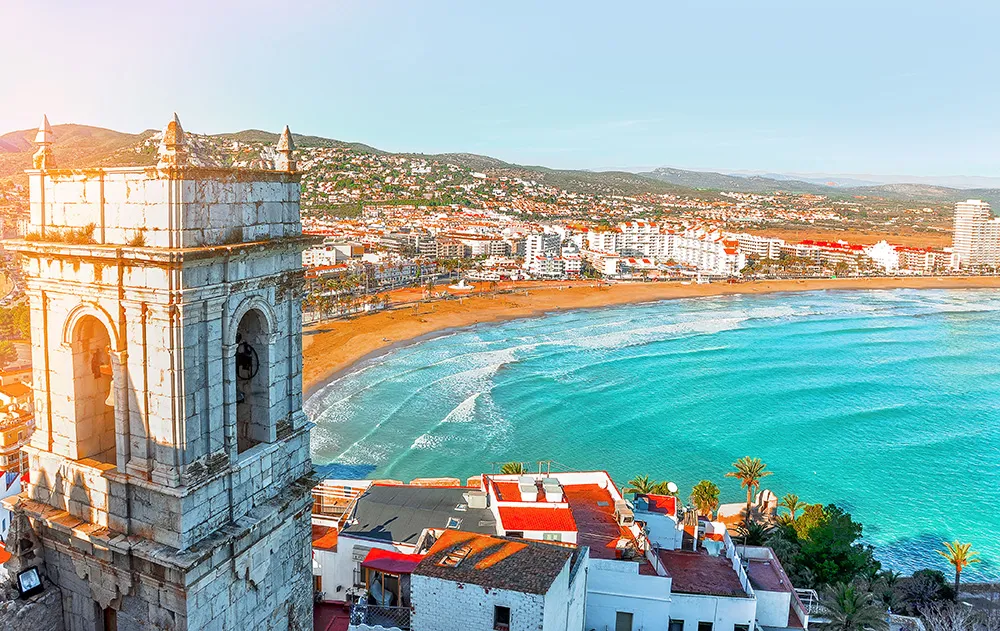
This ITS World Congress will be something of a home event for US-headquartered
On its stand, the company will be showcasing the reliability that has made SmartSensor HD a leading radar vehicle detector worldwide. Indeed, Wavetronix says the long-term reliability and consistent accuracy of Smart Sensor HD are driving sales to record levels; in France, they have made HD a valid loop replacement option as the Wavetronix office there becomes a direct provider in France.
“SmartSensor HD’s performance has been proven at thousands of installation sites around the world, often in difficult detection conditions,” says Bruno Claverie, sales director for Wavetronix France. “Today, billions of vehicles are detected by SmartSensor HD units every day, and the sensors have a low failure rate that is difficult to match. What’s more, the sensor requires little to no routine maintenance, which is one of the reasons it has become such an attractive alternative to loops,” he said. In France, SmartSensor HD is beginning to experience significant success, particularly on the Cofiroute Network, part of the Vinci Autoroutes Group. According to Claverie, this group has rigorously tested HD’s performance and has been impressed with its ability to provide real-time or delayed traffic data for up to 22 lanes simultaneously from a single sensor.










